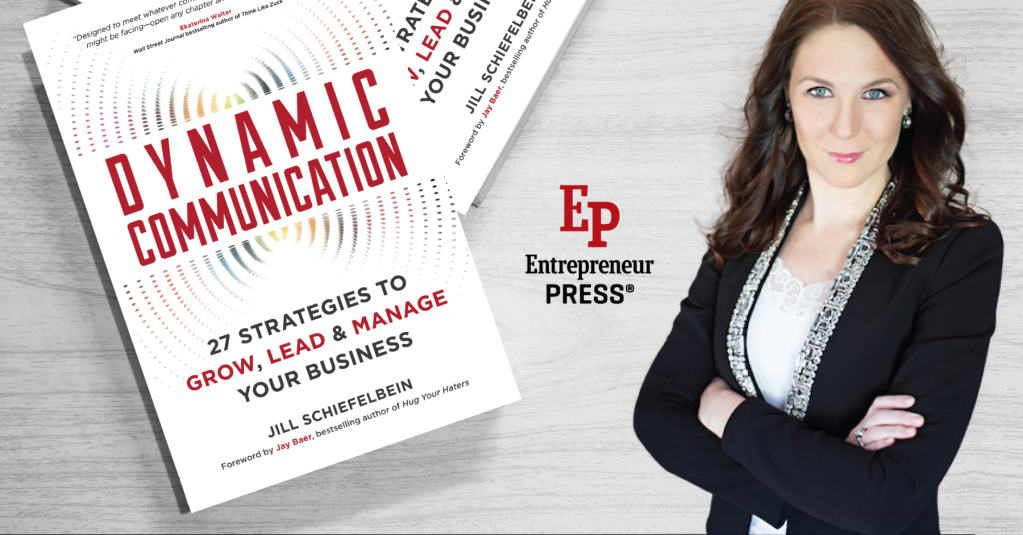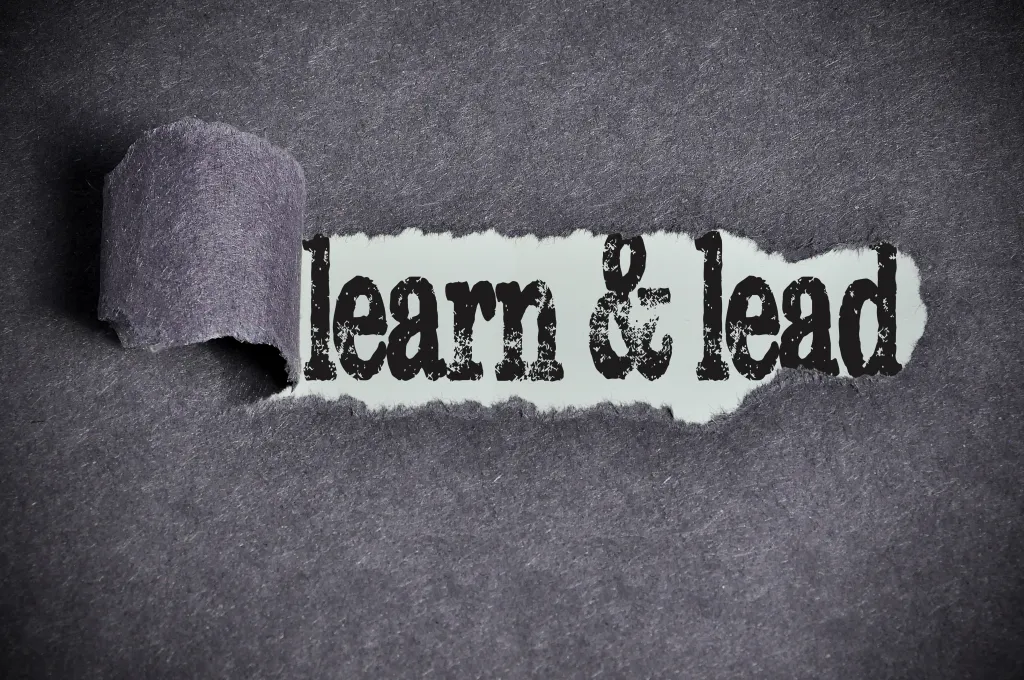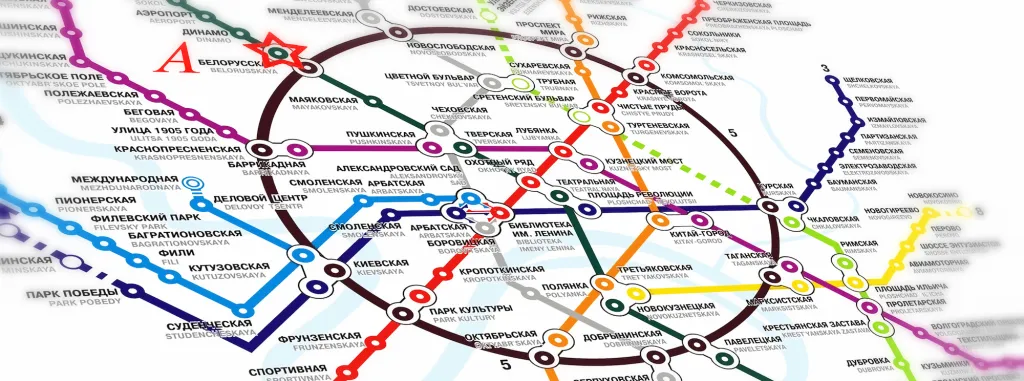The training and development marketplace is flooded with sub-par providers. Institutions of higher learning are not adequately preparing graduates to enter the workplace and contribute in a substantive way. Brick and mortar models of classroom-based training and instruction do not allow for the innovation and collaboration that is essential for business growth. And needing to learn a skill for a project now, but having to wait weeks or months to take a seminar, is an outdated model.
Enter the growing potential of on-demand training and education.
Yesterday at Internet Week New York I attended a powerhouse panel with the CEO of Zeel, Samer Hamadeh, the GM of Pager, Toby Hervey, the COO of Handy, Alex Levin, a SVP at Postmates, Holger Luedorf, and a VP at Glamsquad, Amanda Rosenbergy. The topic: From On-Demand to In Demand.
Each panelist represented a different on-demand service niche—from massages to healthcare, from hairstyling to handymen.
The bridge that connects each of these businesses, though, is the realization that, within their respective verticals, they are bringing a service, instead of a product, to a client when and where he or she wants it.
My mind has not been this stimulated in a long time. I’m letting my geek flag fly.
I’ve worked in the online education space, in some capacity or another, for a decade. In that space I’ve witnessed significant changes about what constitutes learning, and numerous debates over the efficacy of synchronous versus asynchronous content delivery.
At the end of it all is the overwhelming understanding that there is no one best way to learn, and the simultaneous challenges that having the capability to deliver content through multiple channels, across various canvases, present.
I see universities and institutions of higher education struggle with delivering quality online instruction. I witness companies hiring trainers to come in for an isolated seminar given in a one-size-fits-all approach. And I see frustrated students and employees on both ends, because knowledge needs are not met.
Sure, we can go to YouTube and get information on any topic under the sun. But information doesn’t equal knowledge.
How do organizations bring the philosophies of on-demand services to employees in order to create a more engaged and productive workforce?
In the answer lies an opportunity.
Companies like Udemy, Lynda, Grovo and others are playing in this field with varying degrees of success, but I believe there are more possibilities to explore.
Here are three questions I see guiding the discussion:
How do we negotiate a person’s perceived self-efficacy on any given skill versus their actual performance?
The principles of on-demand service can apply easily to providing feedback. What mechanisms does your organization have in place to ensure that employees are getting feedback when they need it and when they want it? Are you giving feedback in a way that supports further learning, or is it obfuscated under the threat of essential improvement?
In general, we know millennial employees want more feedback than their Gen X counterparts. But how can we create the equivalent of a flight-attendant call button in the workplace to make sure the performance feedback needs are met?
How can we use principles of social proof and comparison to drive the desire for knowledge?
Social proof (a nod to the research of Robert Cialdini) goes a long way. Comparison and contrast can serve as a motivating force. When we can get employees to make the conscious choice to learn, of their own volition, organizations experience higher levels of employee engagement.
Think back to elementary school, before the time where “everyone is equal” in the classroom. I remember the giant chart on the chalkboard, with each student’s name and spaces for the gold stars for every book you read. Each week, when the stars were placed, I stared at that chart waiting to see if I had more stars than the other students. When I didn’t, I rushed home and begged my mom to take me to the library. If I lost one week, I ensured I wouldn’t the next.
I’m not advocating competition in all aspects of employee development, but if you create an environment where people are rewarded for improvement and recognized for contributions, you’ll have a workforce that is more eager to learn.
How do we feed training to employees in an easy-to-consume way?
People support what they help create. If you allow the employee to have some buy-in to his or her own personal development, you’re more likely to achieve sustained results that impact performance and productivity. I believe self-reflection and self-reporting are a part of this, as is the metric evaluation of learning, from both quantitative and qualitative methods.
I’m a big believer in what I (not-so-eloquently) call “digestible chunks” of learning. This philosophy led me to create a 52-video series called 60 Second Guru where I delivered subscribers a one-minute video, once per week, to help them improve their communication and presentation skills. This series continues to yield 25,000+ views each month. Organizations I’ve worked with often supplement my training or consulting with weekly videos delivered over a 6-26 week period with targeted questions that generate ideas pertinent to that person’s current position. In this way, I start to embrace the on-demand mentality. But I still have progress to make.
The availability of information is like an all-you-can-eat buffet. But organizations can strategically position certain entrees on the spread to increase consumption. What is your business doing to cater to employee development needs? Adopting an on-demand thought process is a good place to start.















